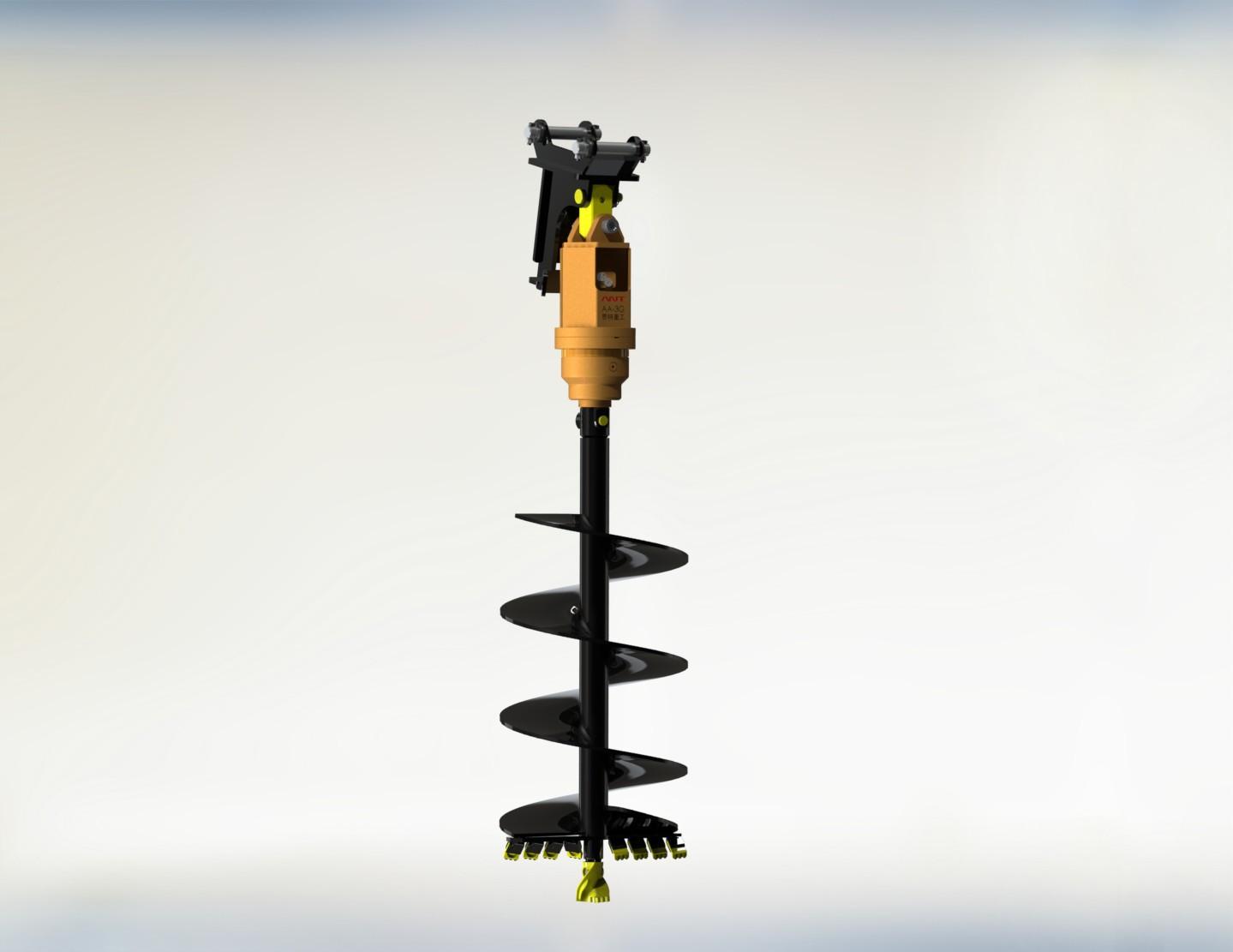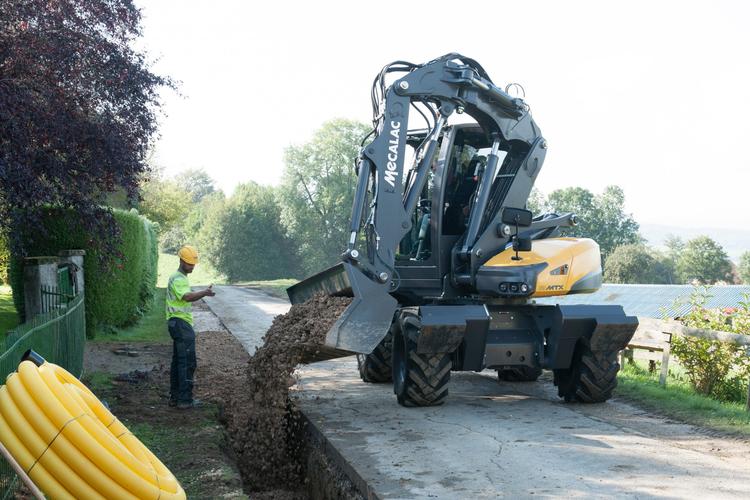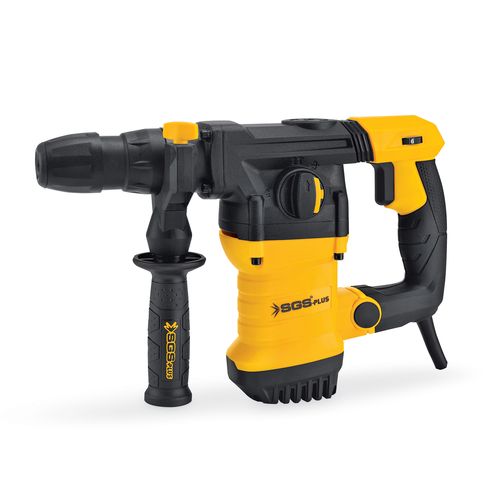how to test a voltage regulator on a lawn tractor
Release time:2023-09-26 22:48:50
Page View:
author:Yuxuan
Lawn tractors are used to maintain lawns and gardens, but they need regular maintenance to function properly. Voltage regulator is an essential component of a lawn tractor engine. It regulates the amount of voltage that goes to the battery from the alternator, thus preventing damage to the battery. A bad voltage regulator can cause damage to the battery, and hence, it is important to know how to test a voltage regulator on a lawn tractor. In this article, we will discuss the steps involved in testing a voltage regulator.
Step 1: Safety precautions
Before starting the testing procedure, it is important to take necessary safety precautions. Disconnect the battery cables from the battery terminals to avoid any electrical shock or damage to the tester. Make sure the engine is not running and the tractor is turned off. Wear gloves and goggles for protection.Step 2: Testing the voltage regulator
To test the voltage regulator, you will need a multimeter. The first step is to set the multimeter to read voltage. Connect the positive lead of the multimeter to the output terminal of the voltage regulator. The output terminal is the one that leads to the battery. Connect the negative lead of the multimeter to a ground, such as the engine block. The multimeter should read between 13.5 and 14.5 volts. This is the expected range for a good voltage regulator.Step 3: Testing the regulator rectifier
If the voltage regulator is functioning well, but the battery is not charging, then the regulator rectifier may be faulty. The regulator rectifier is responsible for converting the AC voltage produced by the alternator to DC voltage, which is required to charge the battery. To test the regulator rectifier, connect the multimeter to the input terminal of the rectifier. The input terminal is the one that leads to the alternator. Set the multimeter to read AC voltage and start the tractor. The multimeter should read between 18 and 25 volts. If the reading is higher or lower than this range, then the regulator rectifier needs to be replaced.Step 4: Testing the stator
If the voltage regulator and the regulator rectifier are functioning well, but the battery is still not charging, then the stator may be faulty. The stator is responsible for producing AC voltage, which is then regulated by the voltage regulator and converted to DC voltage by the regulator rectifier. To test the stator, connect the multimeter to the output terminal of the rectifier. Set the multimeter to read AC voltage and start the tractor. The multimeter should read between 18 and 25 volts. If the reading is less than this range, or if there is no reading at all, then the stator needs to be replaced.Conclusion
A voltage regulator is an essential component of a lawn tractor engine. It regulates the amount of voltage that goes to the battery from the alternator. Regular testing helps to ensure that the lawn tractor is functioning properly. In this article, we have discussed the steps involved in testing a voltage regulator on a lawn tractor. By following these steps, you can identify and replace any faulty components and keep your lawn tractor in good condition.












